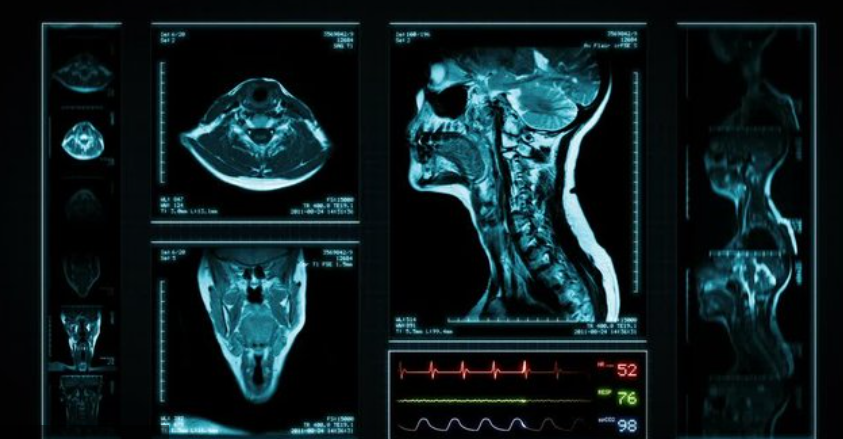Magnetic Resonance Imaging (MRI) has become a cornerstone of modern healthcare, not only for its diagnostic precision but also for its ability to shape value-based medical treatment. Traditional healthcare models often prioritize volume—more procedures and scans—rather than measurable patient outcomes. MRI, with its ability to provide high-resolution, actionable insights, is redefining the approach to clinical decision-making and resource allocation.
As hospitals and health systems shift toward value-based care, MRI is proving to be an indispensable tool for improving outcomes, reducing unnecessary interventions, and enhancing overall healthcare efficiency.
1. The Shift from Volume-Based to Value-Based Care
Redefining Healthcare Priorities
In a volume-based model, reimbursement and hospital revenue are linked to the number of procedures performed rather than the quality of care delivered. This often leads to overutilization of diagnostics and interventions, driving up costs without necessarily improving patient outcomes.
MRI supports a value-based approach by:
- Delivering precise diagnostic information that guides targeted treatment
- Reducing unnecessary procedures by providing definitive imaging
- Allowing for early disease detection, improving prognosis and lowering long-term costs
By enabling accurate, individualized care, MRI aligns clinical practice with the core principles of value-based medicine.
2. Early Detection and Preventive Medicine
Transforming Patient Outcomes Through Proactive Imaging
One of MRI’s greatest contributions to value-based care is its role in early diagnosis and prevention. Advanced MRI techniques, such as functional MRI (fMRI) and quantitative MRI (qMRI), provide detailed insights into organ function, tissue health, and disease progression before symptoms appear.
Benefits for value-based treatment include:
- Reduced hospitalization rates through early intervention
- Lower treatment costs by addressing disease before complications arise
- Improved long-term patient outcomes by targeting therapy to precise anatomical or functional abnormalities
Early detection ensures that patients receive timely, appropriate care, improving both clinical results and economic efficiency.
3. Personalized Treatment Planning
MRI as a Decision-Making Catalyst
Value-based medicine emphasizes individualized care. MRI enables clinicians to tailor treatments based on patient-specific anatomy, physiology, and pathology. For instance:
- Oncology: MRI can map tumor size, vascularity, and tissue characteristics to guide targeted therapy
- Cardiology: Functional MRI can assess myocardial perfusion to optimize treatment plans
- Orthopedics: MRI evaluates soft tissue and joint integrity to guide conservative or surgical interventions
By providing comprehensive imaging data, MRI helps clinicians minimize trial-and-error treatments, improving outcomes while reducing unnecessary healthcare expenditure.
4. Reducing Unnecessary Procedures and Costs
Efficiency Through Precision
Unnecessary surgical procedures and repeated diagnostic tests are major drivers of healthcare costs. MRI’s high specificity and sensitivity allow for:
- Accurate differential diagnosis
- Monitoring of disease progression without invasive procedures
- Real-time assessment of treatment response
Hospitals leveraging MRI can streamline care pathways, ensuring that resources are allocated efficiently and only when clinically justified, directly supporting value-based reimbursement models.
5. MRI in Monitoring and Outcome Measurement
From Diagnosis to Continuous Care
Value-based treatment relies on measurable outcomes. MRI enables continuous monitoring of disease progression, treatment response, and post-operative recovery. Key advantages include:
- Objective imaging biomarkers that quantify treatment effectiveness
- Longitudinal patient tracking to prevent relapse or complications
- Integration with electronic health records (EHRs) for real-time analytics
These capabilities make MRI a vital tool for evidence-based decision-making, aligning patient care with outcome-driven healthcare metrics.
6. AI-Enhanced MRI for Value Optimization
Intelligent Imaging for Smarter Healthcare
Artificial intelligence (AI) integration amplifies MRI’s role in value-based medicine. AI algorithms can:
- Accelerate image acquisition and reconstruction, reducing scan time
- Detect subtle abnormalities that may be missed by human observation
- Predict disease progression using large datasets
This enables faster, more accurate diagnosis and treatment planning, allowing hospitals to maximize patient outcomes while minimizing costs.
7. Supporting Population Health Management
Scaling MRI Impact Across Communities
MRI is not only a tool for individual patients but also a critical resource for population health strategies. By aggregating imaging data, healthcare systems can:
- Identify regional disease trends
- Optimize preventive health programs
- Allocate resources effectively based on population needs
Integrating MRI into value-based population health initiatives ensures that both individuals and communities benefit from smarter, more efficient healthcare.
8. Policy Implications and Reimbursement Models
Aligning Funding with Outcomes
Value-based care relies on policies that reward results rather than procedure volume. MRI supports this shift by providing clear, objective evidence of clinical outcomes. Health systems are increasingly:
- Adjusting reimbursement to reflect treatment effectiveness
- Incentivizing early detection and preventive interventions
- Encouraging adoption of advanced imaging technologies for high-value care
Policies that leverage MRI data help bridge the gap between innovation and measurable healthcare value.
9. Challenges and Considerations
Ensuring Equitable Access and Sustainability
Despite its benefits, integrating MRI into value-based care faces challenges:
- High upfront costs for equipment and infrastructure
- Limited access in rural and low-resource settings
- Workforce training needs for radiologists and technologists
- Data management and privacy concerns with AI-enabled imaging
Addressing these challenges through strategic investment, policy support, and training programs is essential to fully realize MRI’s potential in value-based medicine.
Conclusion: MRI as a Catalyst for Value-Based Healthcare
MRI is more than a diagnostic tool—it is a transformative enabler of value-based medical treatment. By improving early detection, guiding personalized therapy, reducing unnecessary interventions, and enabling continuous outcome measurement, MRI directly contributes to better patient care at lower costs.
As healthcare systems worldwide shift from volume-driven to outcome-driven models, MRI will remain central to achieving efficiency, equity, and excellence in modern medicine. Hospitals and policymakers that strategically integrate MRI into value-based frameworks are poised to deliver superior care and long-term sustainability in healthcare delivery.
Also Read :
